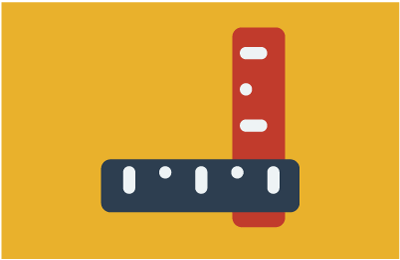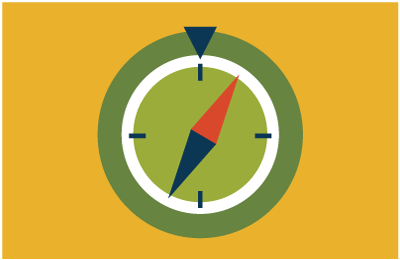The power of pull quotes
Pull quotes have been around for centuries, and their intended purposes really haven’t changed much. They’re still used to entice readers. They’re still used to enhance design. They’re still used to deliver key, persuading information.
But today, pull quotes are used in more presentation types than ever, of course. They’re on websites as customer testimonials, in online blogs and case studies to highlight key information, across screens and print material to grab attention, and amid copy blocks starving for air. As always, a pull quote can be a powerful editorial and design element — or it can be a useless space-gobbler. So, let’s discuss a few best practices that should be followed, as well as a few pull quote pitfalls to avoid.

Keep it short and sweet
One sentence, or two short ones, is plenty. And depending on the width of the pull quote, 2–5 lines (with 1–2 lines of attribution) is all you’ll want. More importantly, that’s all the reader wants. Huge pull quotes tend to detract instead of enhance.
Visually, the pull quote should stand out.

Have some fun; be a tease
Grab the catchiest part of a quote. For instance, someone might say, “The product is chock-full of optimal tools for driving traffic and metrics for monitoring results. It’s software that puts the wow in your marketing and the pow in your bottom line.” The first sentence isn’t bad, but the second sentence is more enticing and fun. Yes, it’s got a little less info, but pull quotes can and should tease.

Dress it for success
Visually, the pull quote should stand out. The type should have a different font, and it probably should be a bit larger. Italics can give it a dapper presence, as can some color. Big, floating “begin” and “end” quotation marks look cool. Whether the pull quote is on the edge of the page or it has type wrapped around it, make sure there’s plenty of air and there are no confusing or conflicting elements right by it.

Place it strategically, not haphazardly
It makes no sense to place a pull quote next to, or after, the text from which it comes. For instance, it’s silly to see a pull quote toward the end of a success story when that particular quote came early in the story. With that placement, it’s just filling space. It’s useless. Perhaps worse is when you see a pull quote directly next to the spot where it exists in the story. The pull quote should always precede its appearance in body text.

Be consistent in appearance and style
If there are multiple pull quotes within a presentation, make sure they use the same font, type size, quotation marks, attribution style, etc. And speaking of attribution, make sure you identify each speaker in the same manner. If you identify the speaker in a pull quote with Name, comma, title, return, Company — do it that way for each pull quote.

About ellipses
For the most part, try to avoid the use of ellipses within pull quotes. Sometimes, perhaps for a whitepaper or quarterly report or more technical document, an ellipsis may be necessary. However, in most cases, if you have to use an ellipsis to make a pull quote work, you’ve likely selected the wrong content. Pull quotes should entice, tease, or inform, but they should never confuse. Ellipses create pauses. And if someone has to pause to comprehend or be enticed by a pull quote, the effect is lost.
I hope some of these basic guidelines help you hype your content and beautify your design. And please, feel free to quote me.